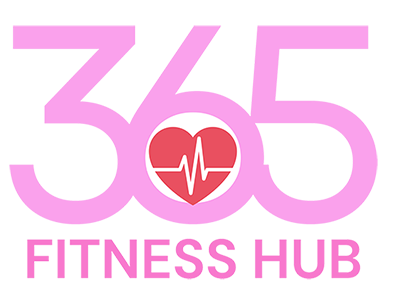Unveiling the Risks: High Levels of H5N1 Virus Detected in Raw Milk
In recent developments concerning public health and food safety, concerns have arisen regarding the detection of high levels of the H5N1 virus in raw milk. This revelation underscores the importance of stringent food safety measures and heightened awareness surrounding the potential risks associated with consuming unpasteurized dairy products.
Raw milk, prized by some for its purported health benefits and natural qualities, has come under scrutiny due to its potential to harbor harmful pathogens, including bacteria and viruses. Among these pathogens, the avian influenza virus subtype H5N1, commonly known as bird flu, has emerged as a significant cause for concern.
The H5N1 virus is notorious for its high pathogenicity in birds and its ability to cause severe illness and fatalities in humans. While human cases of H5N1 infection are relatively rare, the consequences can be severe, with mortality rates reaching upwards of 50%. The virus is primarily transmitted through direct contact with infected birds or their secretions, but instances of human-to-human transmission, although rare, have also been documented.
The detection of high levels of H5N1 virus in raw milk raises alarms regarding the potential for transmission of this dangerous pathogen through consumption of unpasteurized dairy products. Pasteurization, a process that involves heating milk to a specific temperature to kill harmful bacteria and viruses, is a crucial step in ensuring the safety of dairy products for human consumption. By eliminating pathogens like H5N1, pasteurization helps mitigate the risk of foodborne illnesses and protects public health.
However, the allure of raw milk persists for some consumers who believe it to be more natural and nutrient-rich than its pasteurized counterpart. Despite these perceptions, the potential health risks associated with consuming raw milk cannot be overstated, particularly in light of the recent findings regarding H5N1 contamination.
It is essential for consumers to be aware of the risks posed by raw milk and to prioritize food safety when making dietary choices. Government health agencies and regulatory bodies play a crucial role in educating the public about the dangers of consuming unpasteurized dairy products and enforcing regulations to safeguard food safety.
In conclusion, the detection of high levels of the H5N1 virus in raw milk serves as a stark reminder of the potential health risks associated with consuming unpasteurized dairy products. While raw milk enthusiasts may tout its purported benefits, the importance of pasteurization in ensuring food safety cannot be overlooked. By prioritizing the consumption of pasteurized dairy products and adhering to recommended food safety practices, consumers can protect themselves and their families from the dangers posed by foodborne pathogens like H5N1.
User

